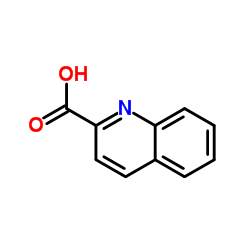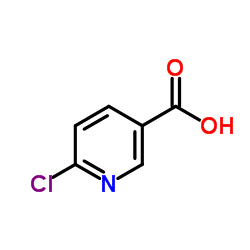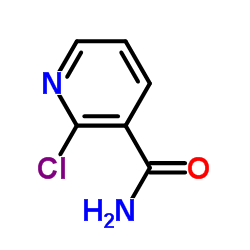| Structure | Name/CAS No. | Articles |
|---|---|---|
 |
Quinoline-2-carboxylic acid
CAS:93-10-7 |
|
 |
6-Chloronicotinic acid
CAS:5326-23-8 |
|
 |
2-Chloronicotinamide
CAS:10366-35-5 |